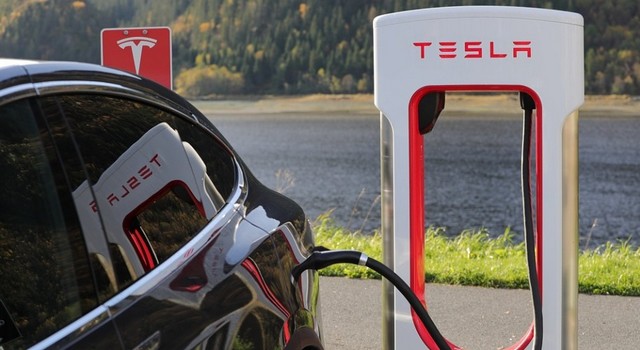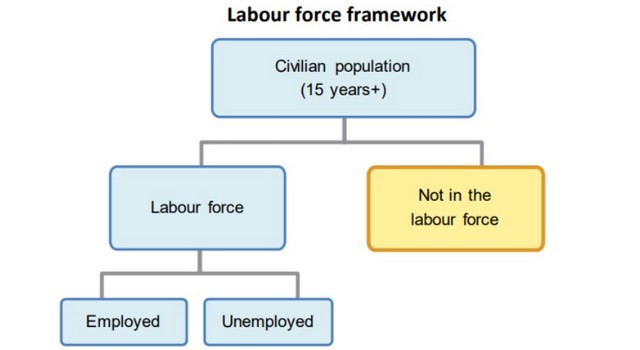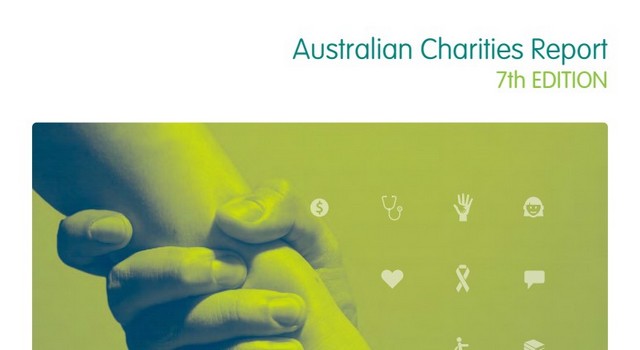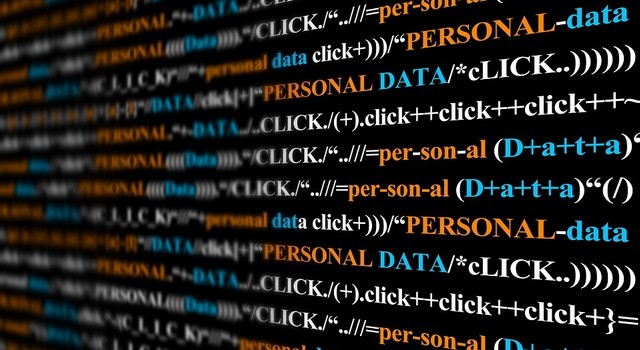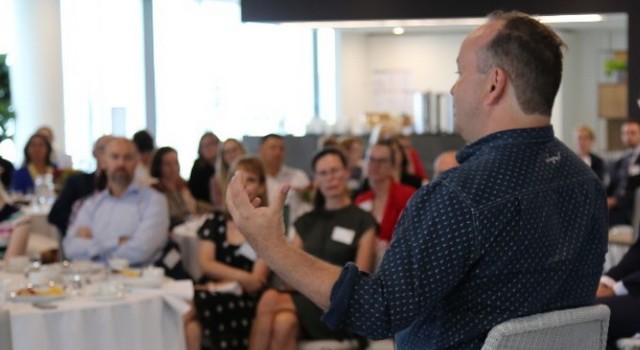Australia may be left with almost a $1tn health bill by 2050 if it doesn’t boost the take-up of electric vehicles, according to a new report, The Guardian reports.
But this could be slashed in half by setting an ambitious target to convert every car in the country to electric by 2035.
The modelling was released by the Australian Conservation Foundation (ACF), which commissioned accounting firm Deloitte to examine the community benefit from increasing the uptake of electric vehicles (EVs).
A “bespoke economic model” was used to examine three scenarios: whereby Australia achieved net-zero road transport emissions in 2035, 2040 and 2050. These scenarios compared the cost of air, noise, water and greenhouse gas pollution caused by petrol- and diesel-powered cars, and those of EVs.
Petrol cars contribute heavily to air, noise and water pollution through the particles emitted from the exhaust and through the waste grease, oil and rubber needed to run them. By contrast, electric vehicles have fewer components and more efficient motors.
As this pollution leads to illness, the cost ends up being borne by the health system.
The report found that under the “business as usual” scenario – where nothing is done to support uptake – costs will mount to $864.9bn by 2050, with air pollution alone amounting to $488.2bn.
New South Wales and Victoria will bear the brunt as the most populous states, with costs mounting to $257.7bn and $203.6bn respectively. On a per-capita basis, the combined use of private transport and freight was greatest in Western Australia, where the cost was $43,900 per person.
A rapid transition of the entire private car fleet to EV by 2035, when coupled with better public transport systems, would see $492bn in costs avoided.
FULL STORY
Poor EV take-up to cost Australia’s health system $1tn by 2050, modelling shows (The Guardian)
PHOTO

